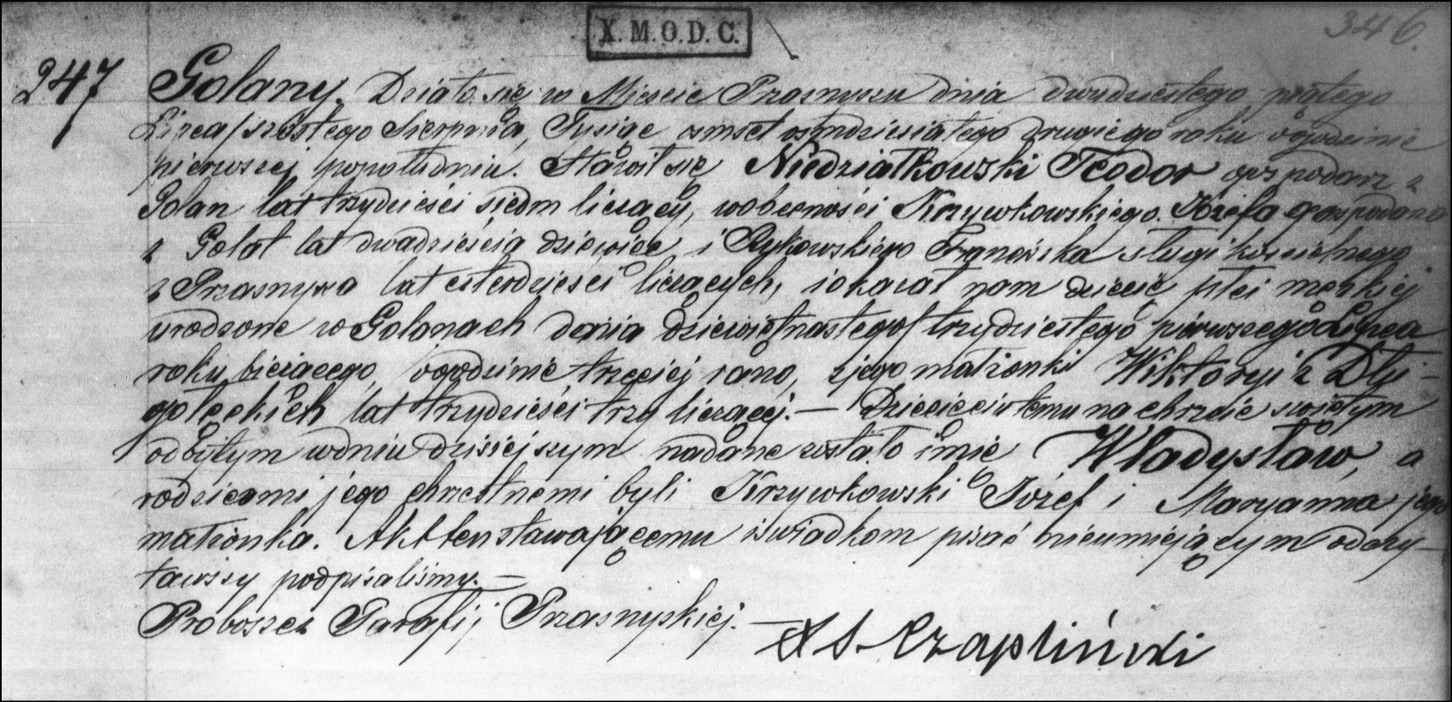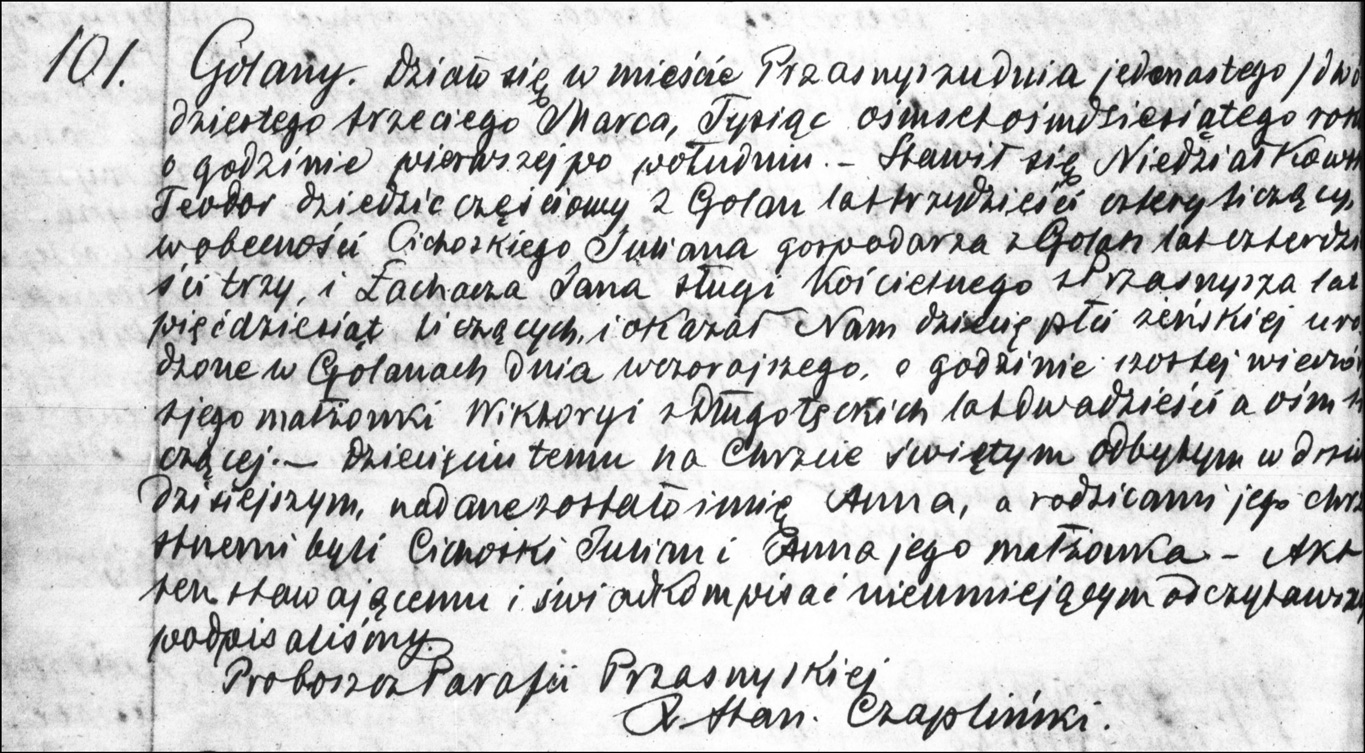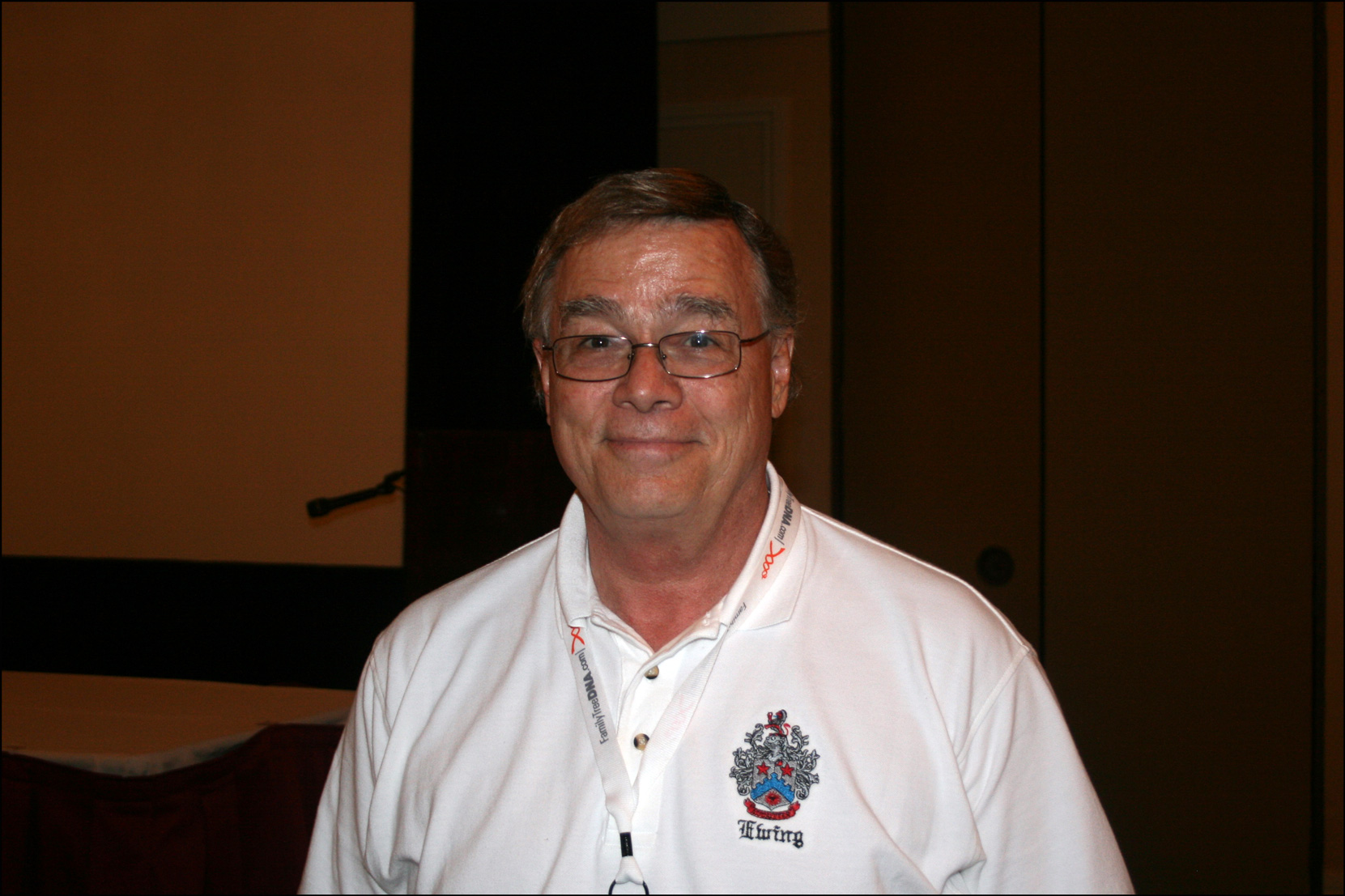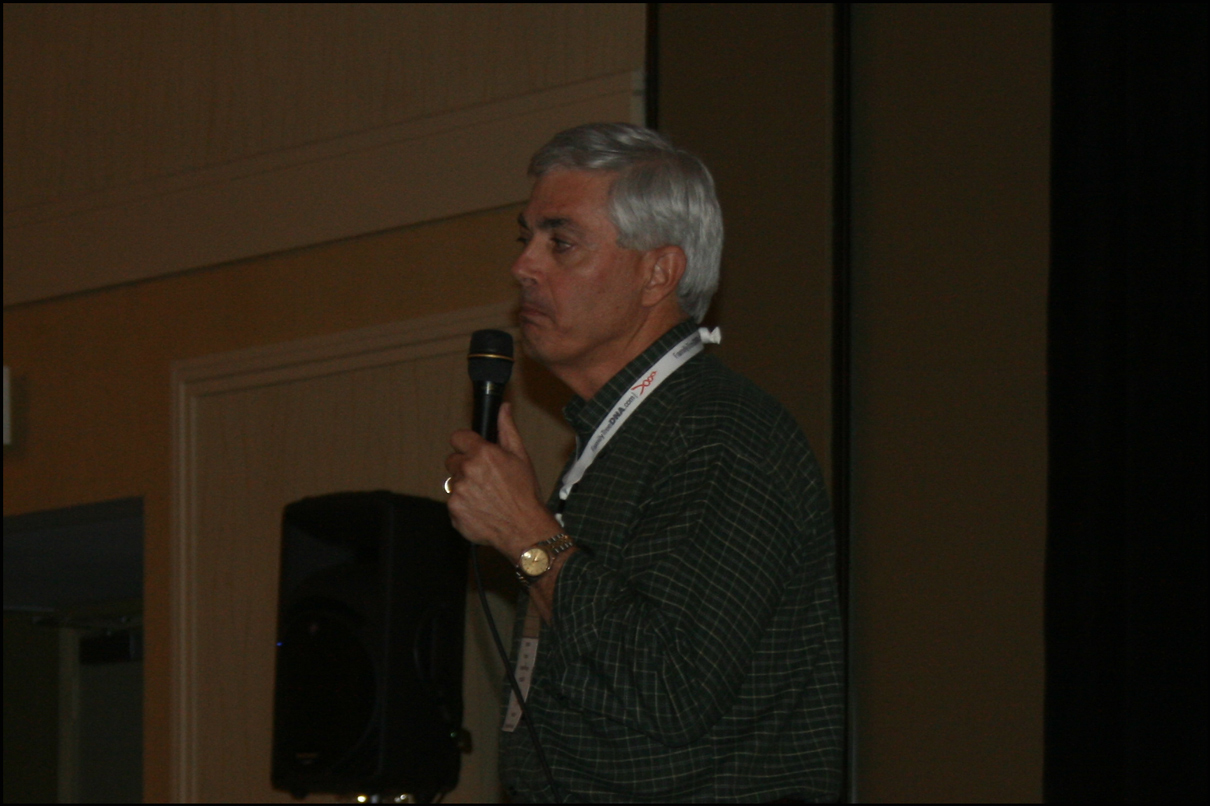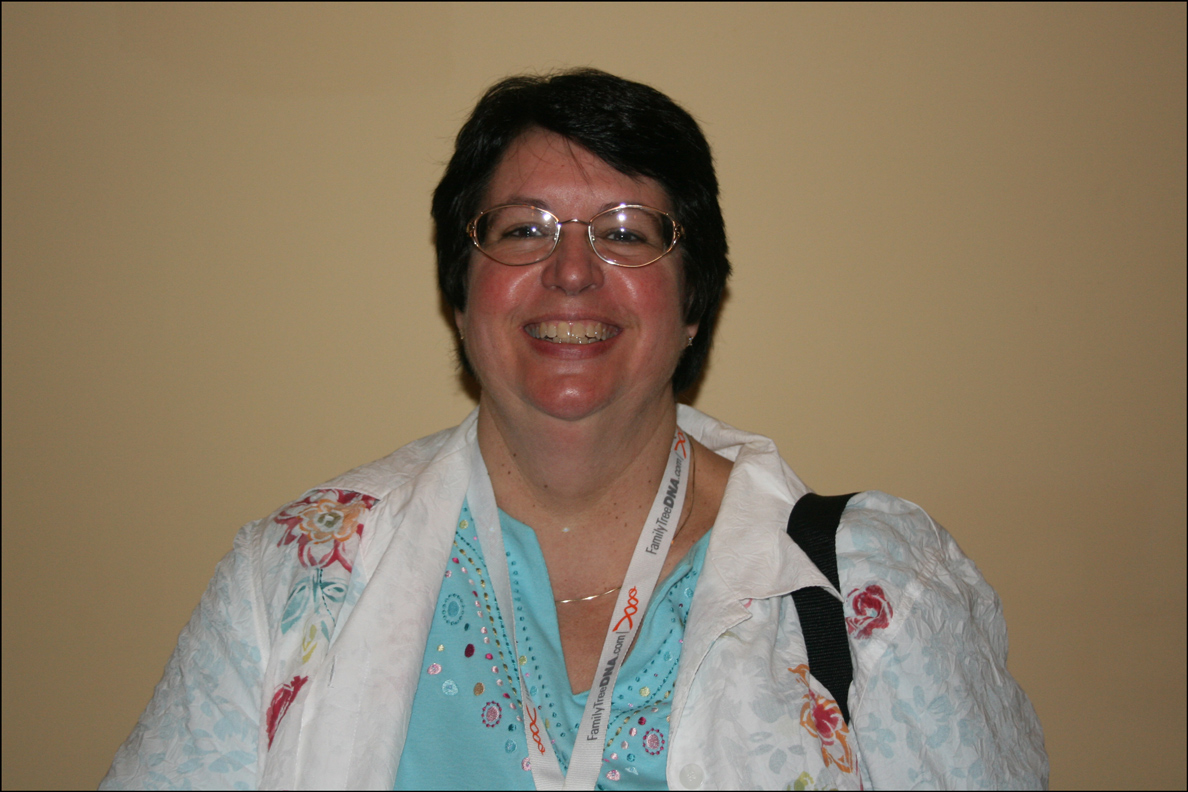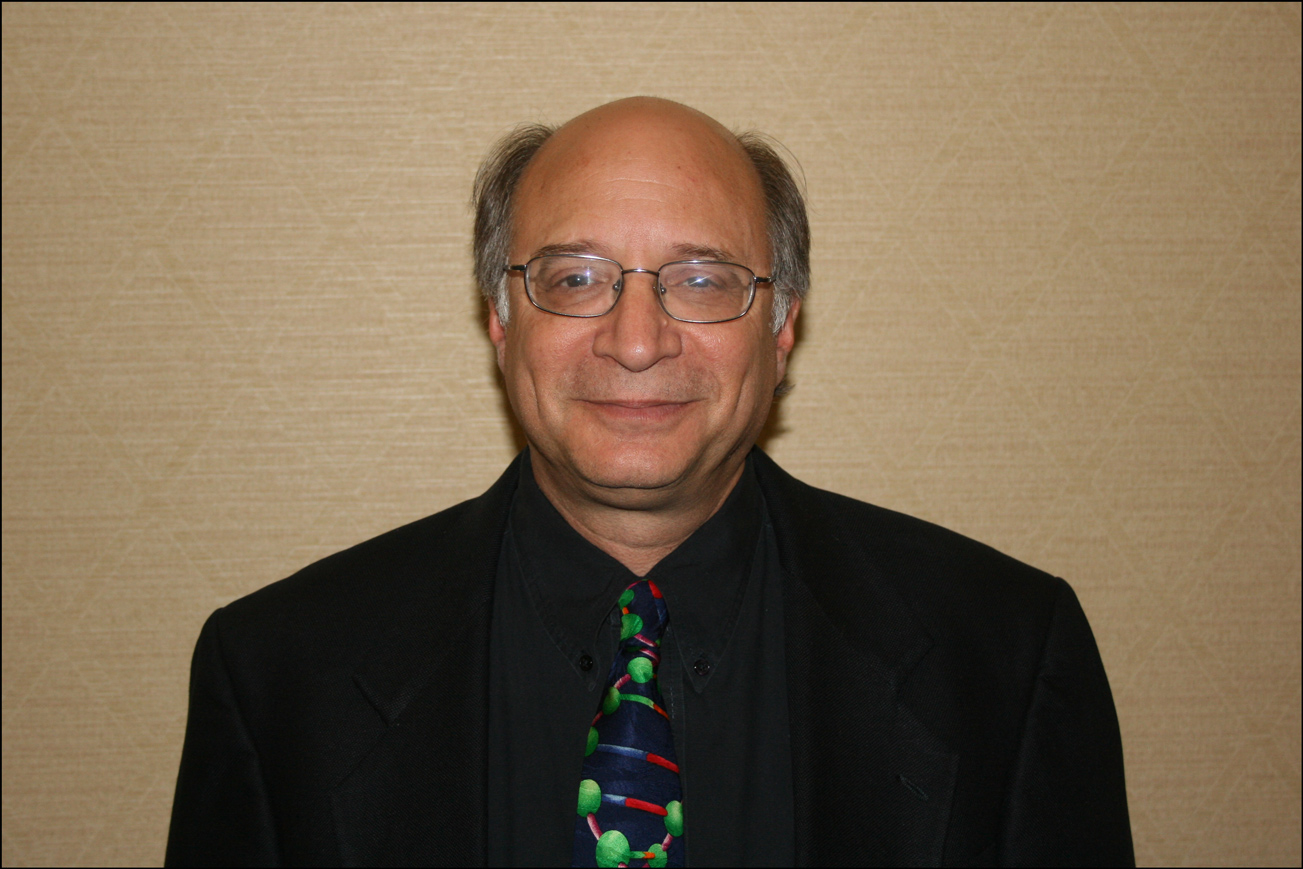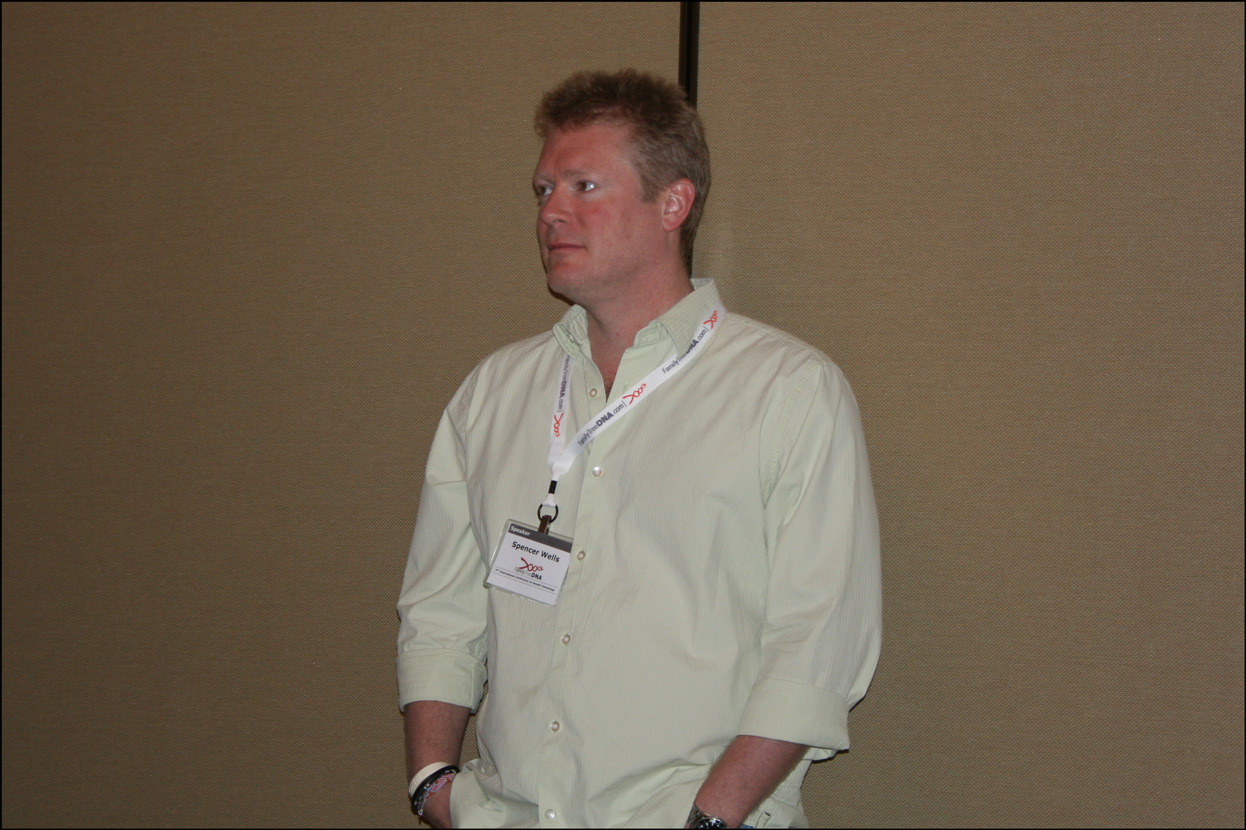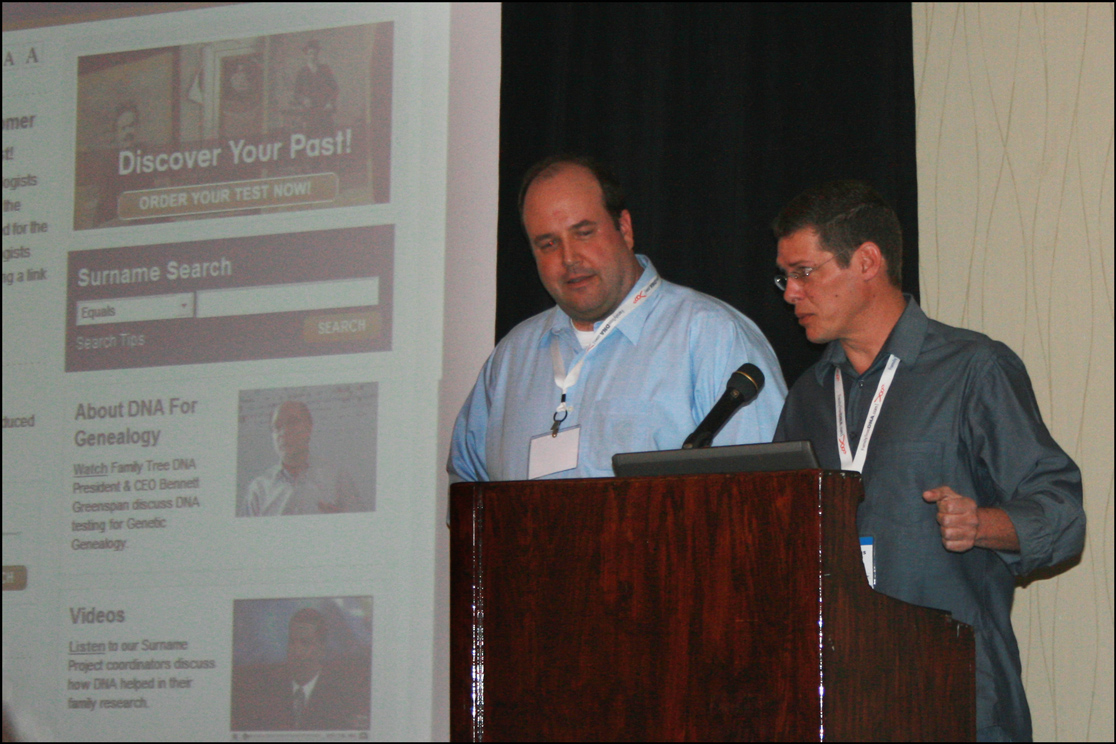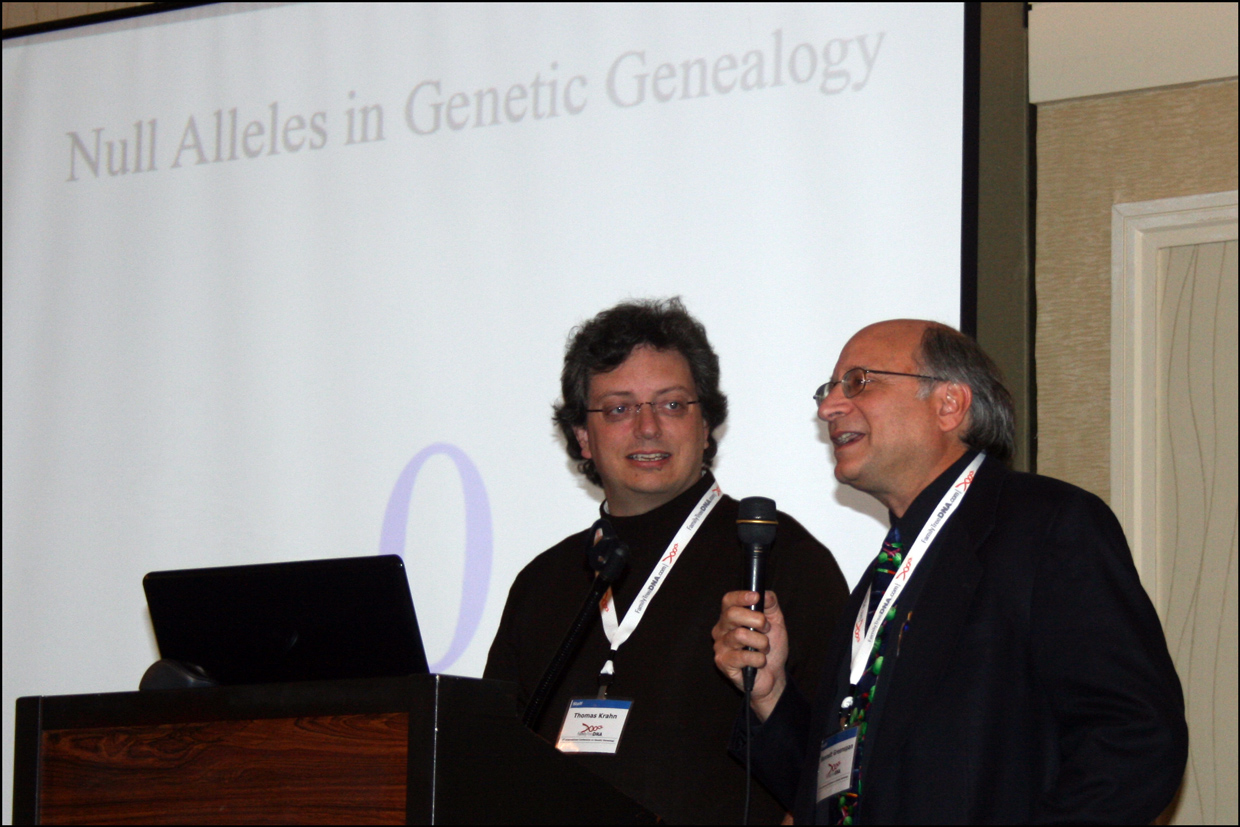On 31 Jul 1882, Władysław Niedziałkowski, son of Teodor Niedziałkowski and Wiktoria Długołęcka, was born in Golany, Ciechanów District, Płock Governorate, Vistulan Country, Russian Empire. He was baptized in the parish church in Przasnysz, Ciechanów District, Płock Governorate, Vistulan Country, Russian Empire on 06 Aug 1882.
The Birth and Baptismal Record of Władysław Niedziałkowski – 1882
SOURCE: Parafia pw. św. Wojciecha (Przasnysz, Ciechanów District, Płock Governorate, Vistulan Country, Russian Empire, “Akta Urodzeń Parafii Przasnysz od roku 1877 do 1882. [Records of Births of the Przasnysz Parish from 1877 to 1882.],” folio 346 recto, entry 247, Władysław Niedziałkowski, 06 August 1882; filmed as Kopie księg metrykalnych, 1808-1902; FHL INTL microfilm 1,809,629, item 2.
Click on the image above to enlarge it. Click on the link for a PDF copy of the Birth and Baptismal Record of Władysław Niedziałkowski. Translated from the Polish, the record reads:
247.
Golany. It happened in the city of Przasnysz on the twenty-fifth of July / sixth of August, in the year one-thousand eight-hundred eighty-two, at one o’clock in the afternoon. There appeared Teodor Niedziałkowski, a farmer in Golany, thirty-seven years of age, in the presence of Józef Krzywkowski, a farmer in Golany, twenty-nine years of age, and Franciszek Rykowski, the Church Sexton in Przasnysz, forty years of age and he showed us a child of the male sex, born in Golany on the nineteenth day / thirty-first day of July of this year at three o’clock in the morning, of his lawful wife Wiktoria née Długołęcka, thirty-three years of age. To this child at Holy Baptism performed on this day was given the name Władysław, and the Godparents were Józef Krzywkowski and Marianna his wife. This document was read aloud to the declarants and to the witnesses who are unable to write and was signed by us. –
Pastor of the Przasnysz Parish. – Rev[erend] S[tanisław] Czapliński
This is a record of the same event I reported previously, but this record was written in a different book, and this record is written in Polish rather than Russian.
With this record, I was able to correct a few errors in my original translation: the surnames of the witnesses and the occupation of the second witness. This record also explains why so many baptisms were witnessed by this man, Franciszek Rykowski. He was the Church Sexton.
Copyright © 2009 by Stephen J. Danko

